How a lasagna is built
Lasagna is a perfect dish for entertaining large numbers, or for freezing individual portions and reheating on a busy evening. A staple of North American dinner time, it is both famous and somewhat intimidating - a poorly made lasagna is a truly miserable experience. How can we avoid that? We think this is easily done by sticking to the fundamentals when it comes to making the various components. Let's get into it.
Pasta, bechemel, cheese, and sauce
The title says it all - these four components form the basis of every lasagna.
A typical lasagna uses large sheets of pasta, a bechemel sauce, layers of parmesan, ricotta, and low-moisture mozzarella cheese (as opposed to a buffala mozzarella, which has too much moisture), and a red sauce that can be either meat based or not. The pasta for a lasagna can go in two primary directions with very different (yet equally delicious) results.
First, one can use dry pasta sheets, boil them until tender, and layer those into the lasagna: This version creates distinct layers of sauce, cheese, and pasta with a bit of bounce when you cut it. Boiled dried pasta sheets are indicative of a modern North American lasagna. However one can also use fresh pasta sheets: If this is done, the layers begin to blend together, but also hold together much more tightly. With fresh pasta, this dish becomes more of a decadent, rich and savoury cake; A different but fabulous experience from a classic North American lasagna.
A bechamel sauce is a French mother sauce made from roux of flour and butter, and milk. This adds a luxurious creamy texture to the lasagna that is hard to go without once you've had it. Simply make a roux with flour and butter, whisk in milk over low heat, cook the milk a bit, and you are done. At this point, you can layer in cheeses like parmesan, ricotta, and low-moisture mozzarella, or you can go one step further and turn your bechamel into a mornay: this is done by simply melting the cheese into your bechemel after removing it from heat. Now, the cheese will permeate every inch of your dish, bringing you closer to that "perfect bite". You are also welcome to omit the bechamel and simply layer cheese, but we believe this shortchanges the dishes potential. As well, you are already making multiple components with this lasagna - why not add one more relatively easy one, and take your lasagna over the top?
Finally, the red sauce: This can be a classic Bolognese sauce with ground meat, browned and simmered in tomato sauce and oregano, and finished with basil leaves (the less basil is cooked, the better). This version would be just fine, however there are other steps you can take to build more flavor into your lasagna.
So far, we have pitched a dense and rich cheese sauce, and fresh lasagna that can be incredibly filling. Lasagna is a rich dish by tradition, but it would be nice to have something to accent it with, like say, fresh tomatoes. Tomatoes in a can are just fine (we use them in our recipe below, and the results were fantastic), but a tomato sauce made from fresh-that-day tomatoes takes on an acidity that is not only welcome, but begged for in a meal this rich. The difference is night and day, and we encourage you to give it a try. As well, you can add some chilli flakes to the sauce to add heat; This will also cut the richness of the dish, providing a more rounded flavour profile.
If you are making a vegetarian lasagna you can stop here, or add some starchy vegetables like zucchini, squash (wink wink), or egg plant to your sauce to get a bit of fiber in the mix. If this is a meat-based lasagna... we encourage you to get a little splashy and mix different ground meats into the dish. One of our favorite lasagnas we've had at a restaurant (Gino's in Montreal) used a combination of beef, veal, and lamb in their sauce, with heavenly results. Of course, if you just so happen to have your Nona's leftover Sunday ragu hanging around (you know, the one with short rib, sausage, and heaven knows what other beautiful things), you could always use that, and be transported to a different realm. In fact, we encourage you to take that journey if you can (and please write back!).
How we decided to add butternut squash
Amidst our discussions of a "classic" lasagna, you may be wondering how we could possibly decide to add butternut squash. When we design and decide on recipes, we start first with the most important question: what do we want to eat?
Though we love rich foods, we seek variety: often times we are craving vegetables or whole grains for their endless flavor combinations and numerous health benefits. Other times, we want ingredients that reflect the current season, as those will likely have a more vibrant and clear flavor than ingredients bought out of season.
Here we are in Montreal in autumn, and the temperatures are beginning to fall. We found ourselves craving autumnal ingredients like butternut squash, and comforting dishes made in an oven (It was a hot summer, and turning the oven on in August was simply a non-starter). We could have simply roasted the squash and made soup, but we wanted a bit more: a celebration of bounty as winter approaches.
We decided to make a lasagna and, after thinking through the flavor profile of lasagna, agreed that a sweet element would enhance the dish: a sweet element like butternut squash.
From here, we asked: "What pairs with butternut squash, that might also incorporate into a lasagna"? Here, we began to riff: sage, diced fennel, and a browned butter in the roux are all great flavors for squash. They also work with tomato, cheese, ground meat... you can probably see where we went with this. Thus, we incorporated pureed butternut squash into the dish, and the results were excellent. The sweetness of the squash slightly muted the tomato flavor, but accented the cheese and meat extremely well.
The result was a lasagna that tasted lighter than it was: an illusion of flavor that belied the amount of fat and cheese that we witnessed go into this dish. It made a wonderful couple of meals in the days that followed, and gave us a hint of autumn as the season began.
How to Make it
Sauce
First, get a large pot and put in half of your olive oil. Add your ground meat, season it with salt and pepper, and brown it. Once browned, spoon it out into a separate dish for adding back in later.
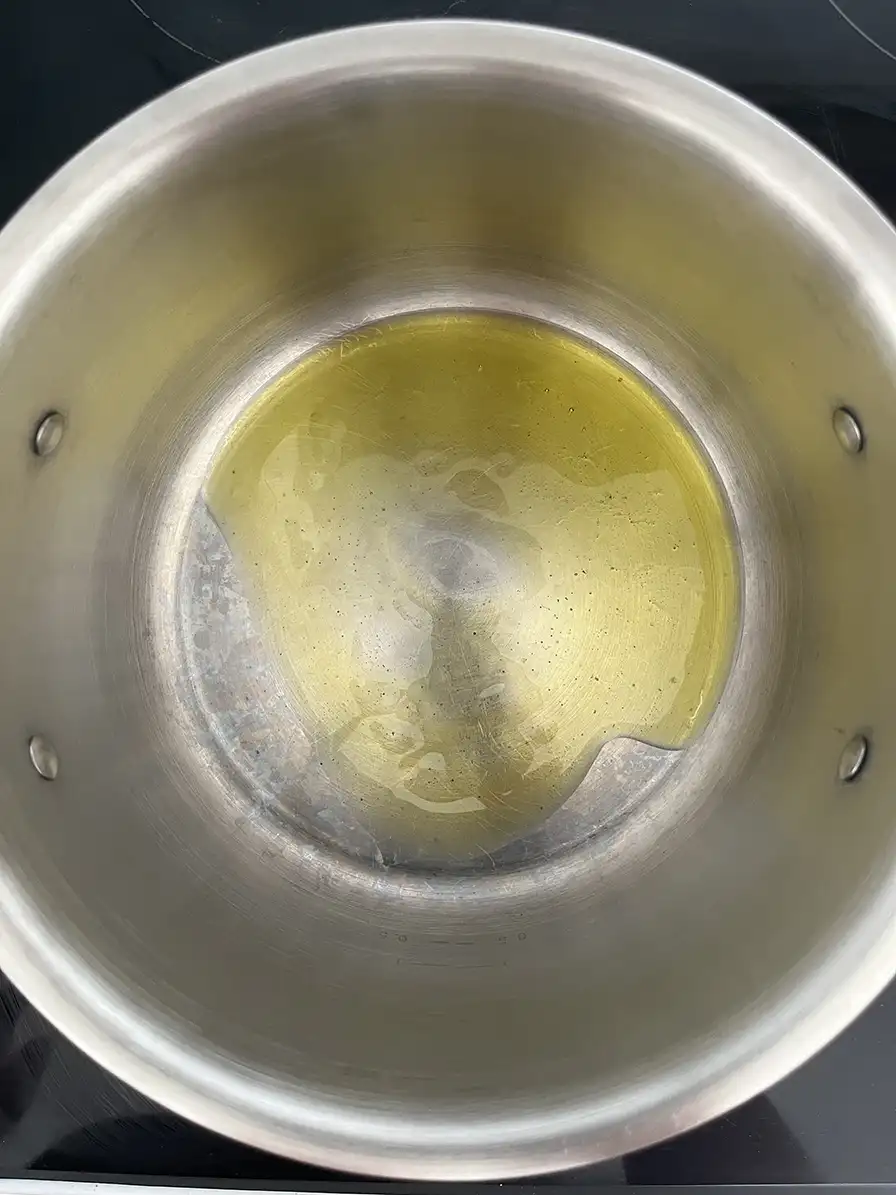
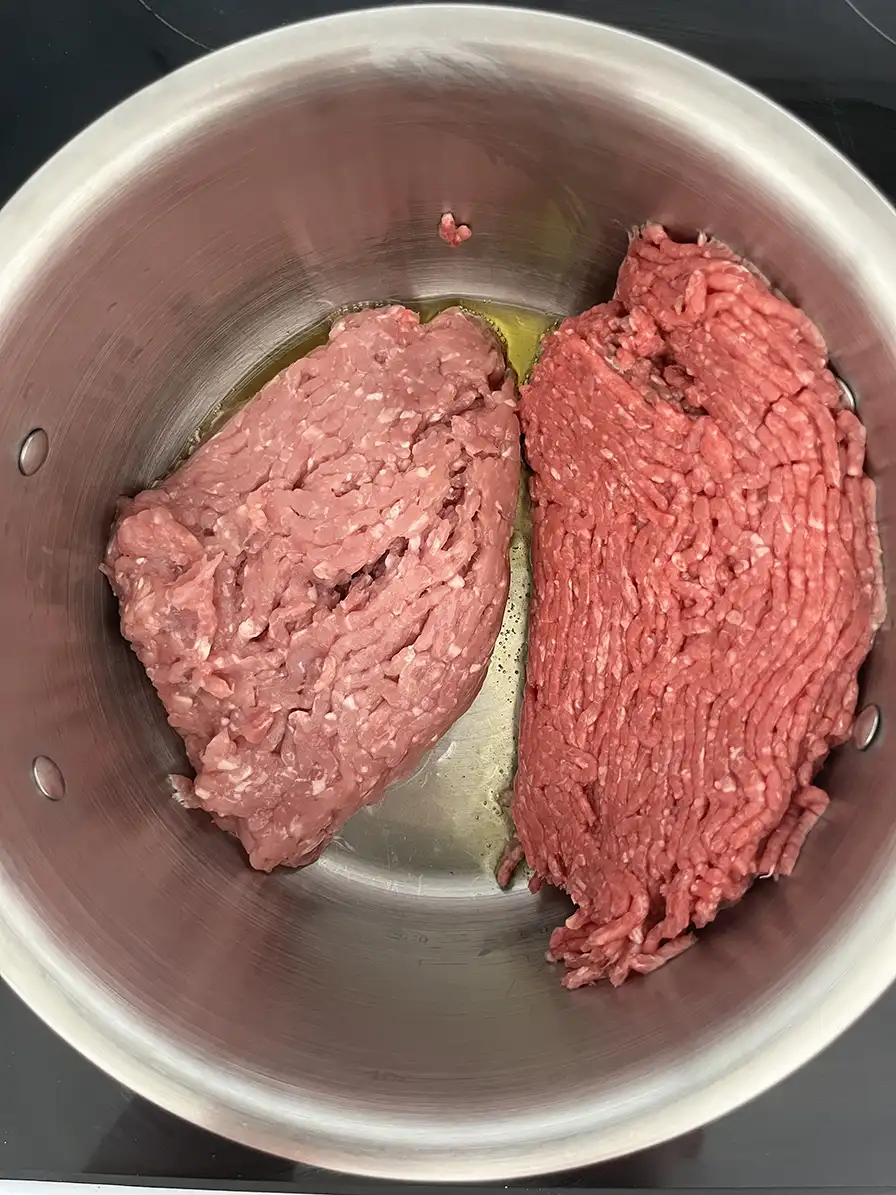
Add the other half of your oil and your sofrito - that is, your onion, fennel, and carrot - , and saute that until softened.
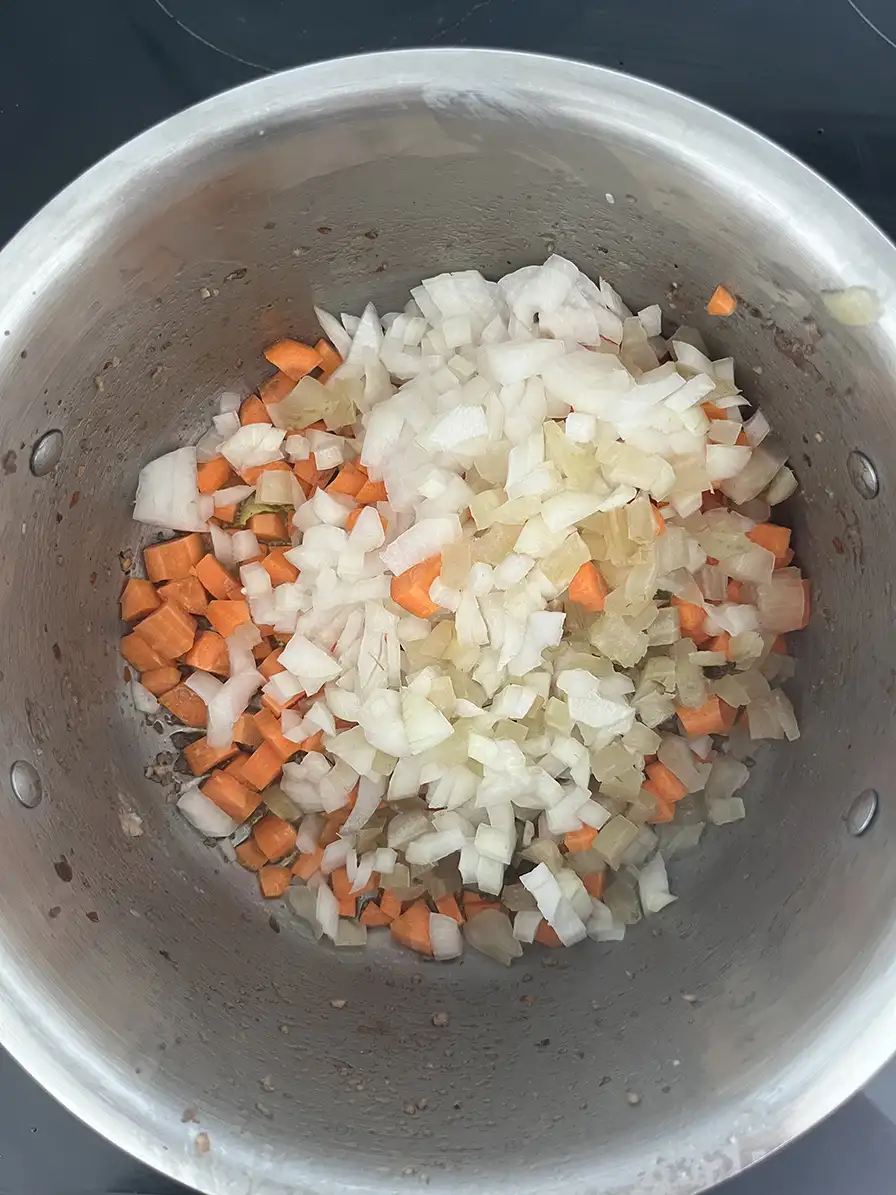
Follow that up with garlic, tomato paste, thyme, basil, fennel seeds, and rosemary, and sauté that as well.
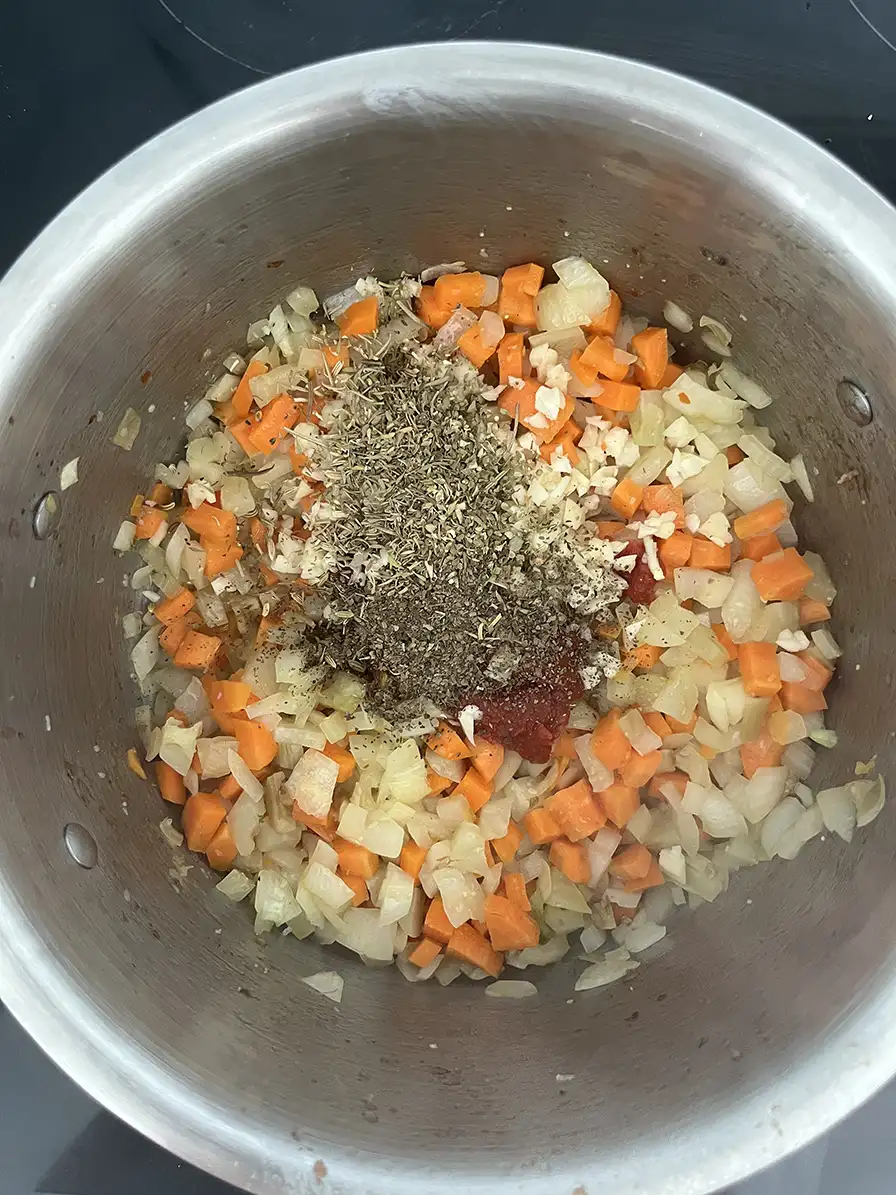
Deglaze the pot with some white wine, scraping up the bits stuck to the bottom of the pot.
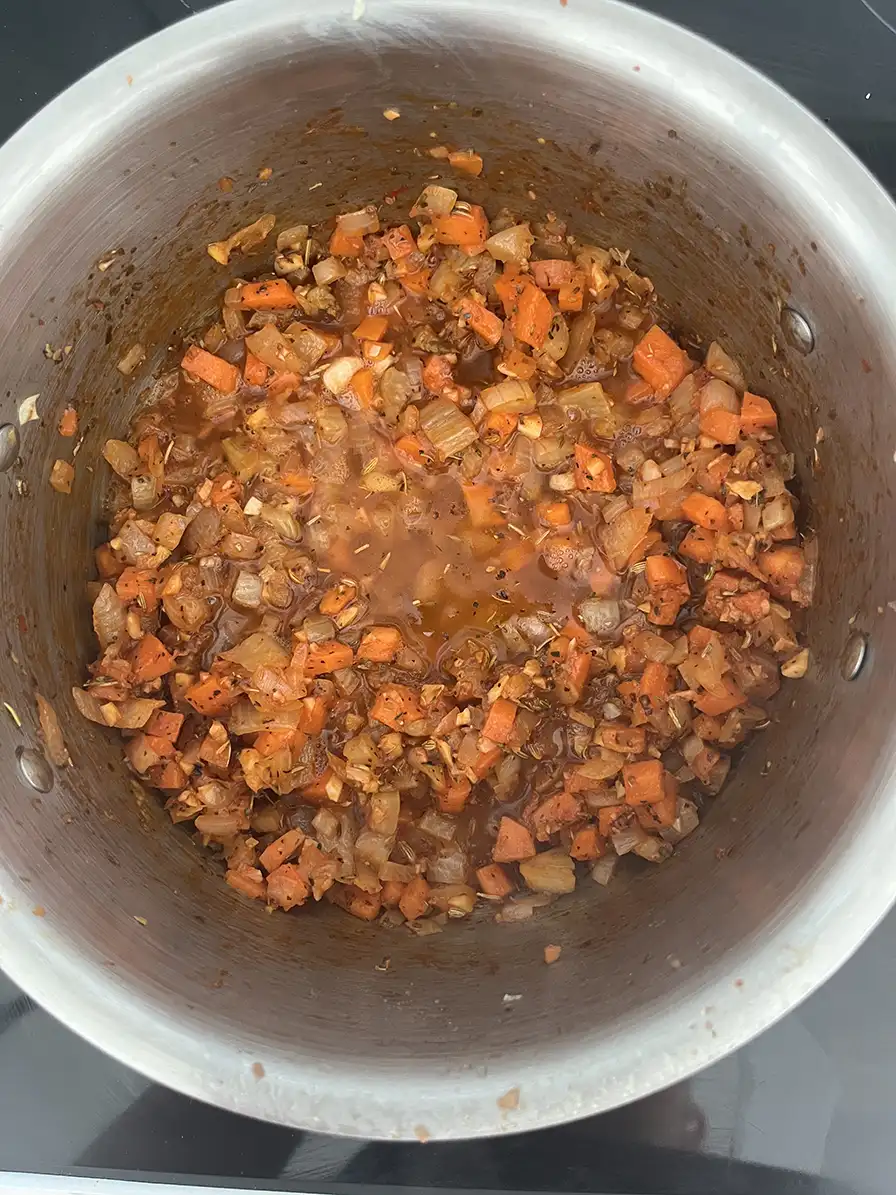
Add the tomatoes and ground meat back into the pot, along with your squash puree. Reduce the heat to a simmer and cook the sauce for an hour. Stir it once in a while - no need to watch it the whole time.
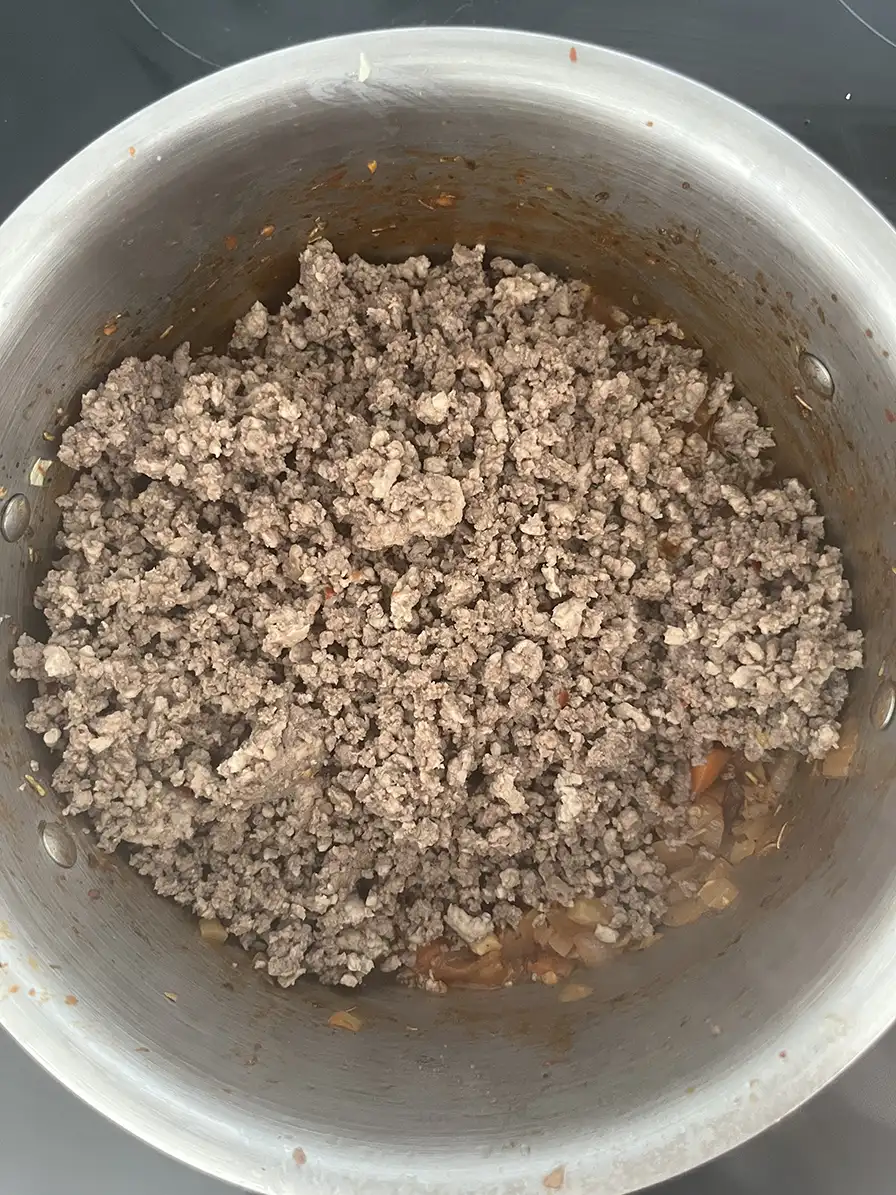
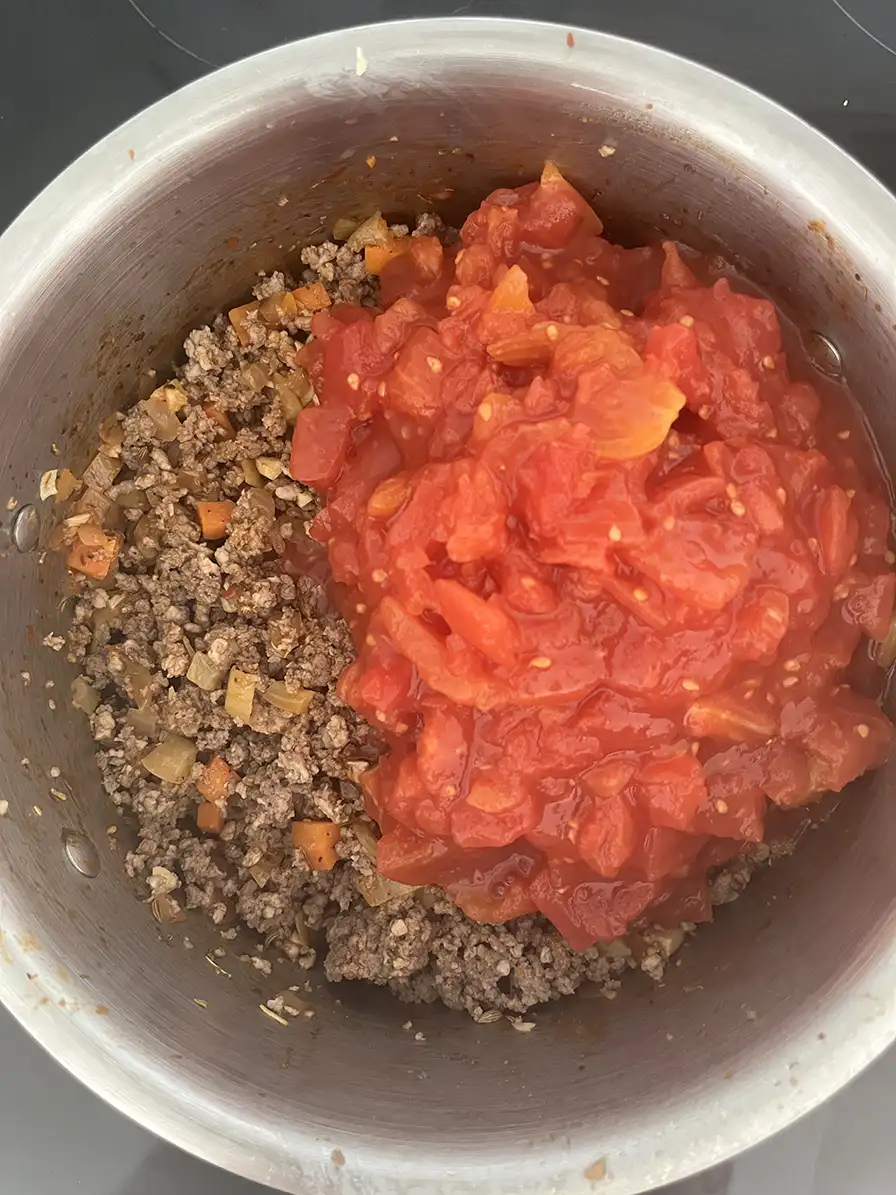
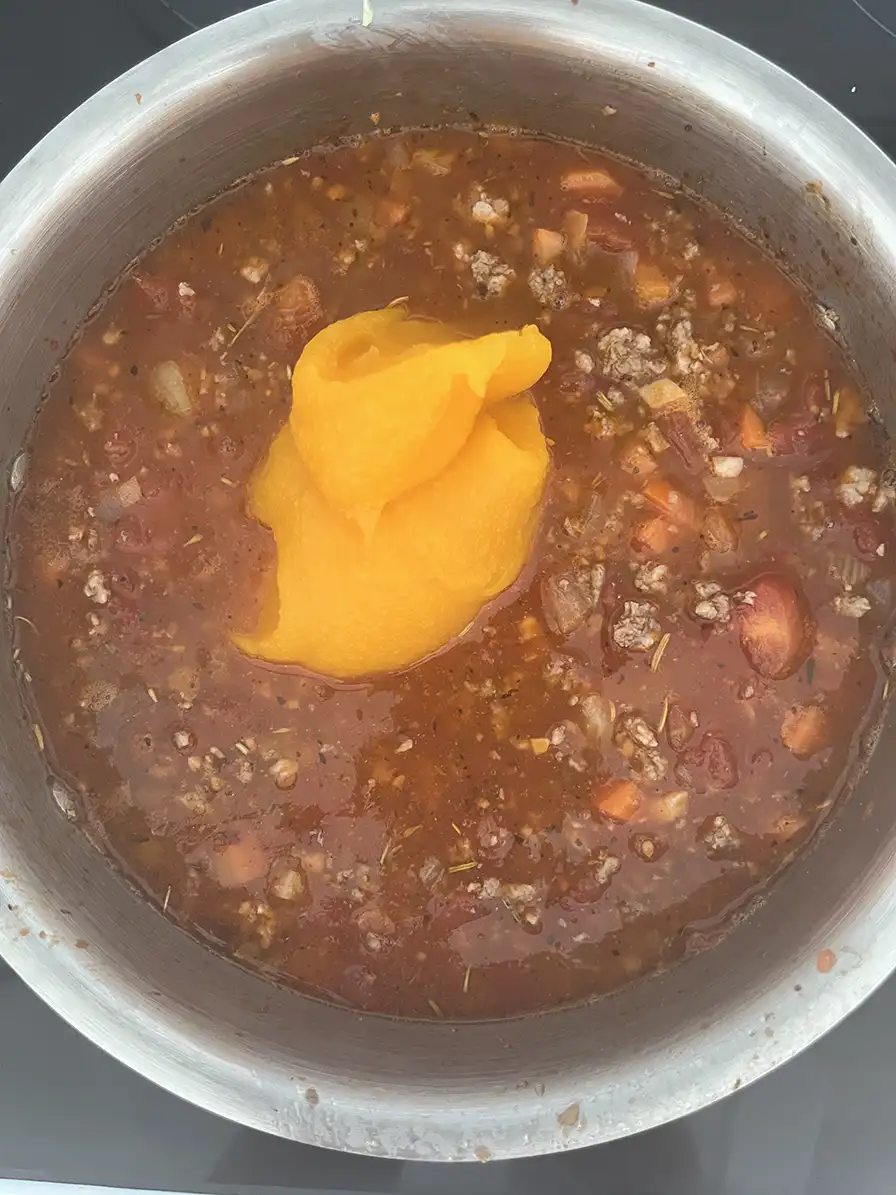
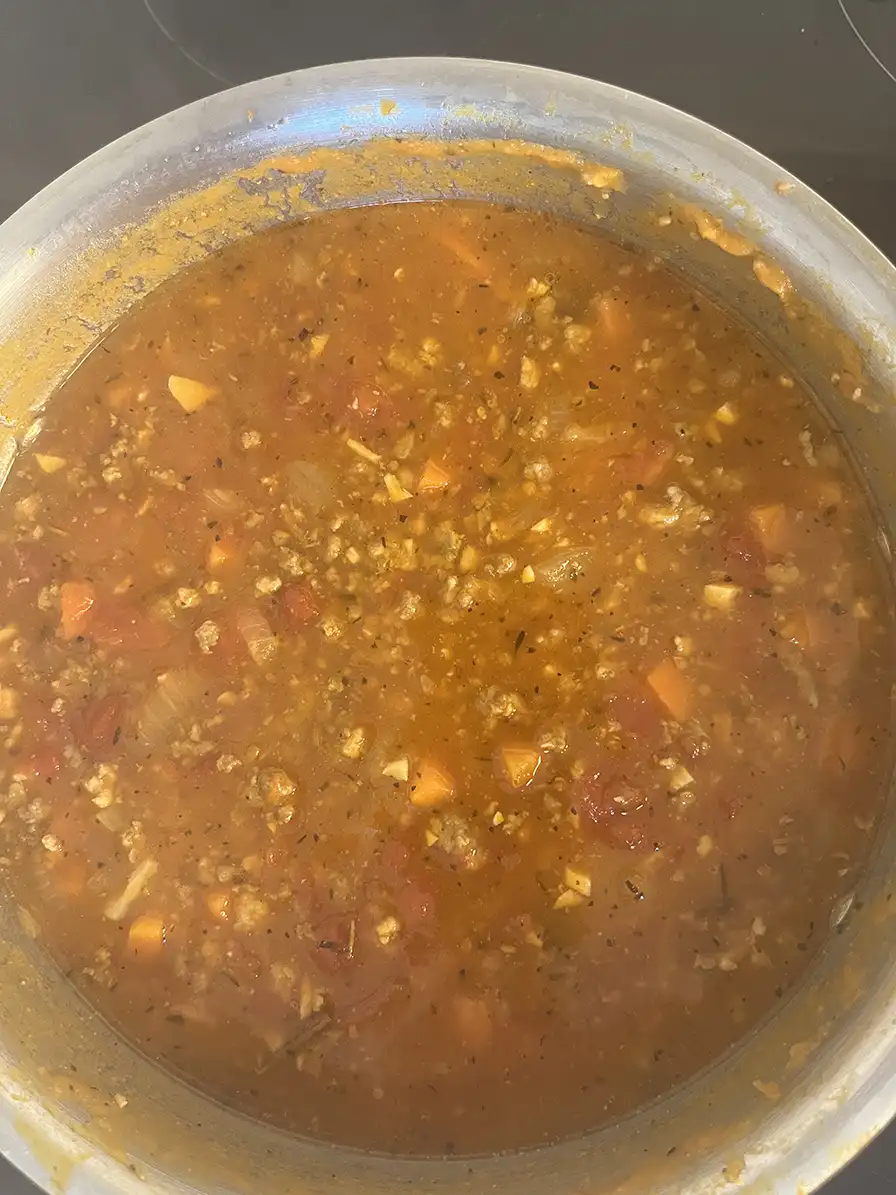
After that hour, season with salt and pepper to taste, and set the sauce aside.
Mornay
In a smaller sauce pan, melt the butter over medium heat. Keep cooking and stirring it until the butter is foamy and the milk solids have browned.
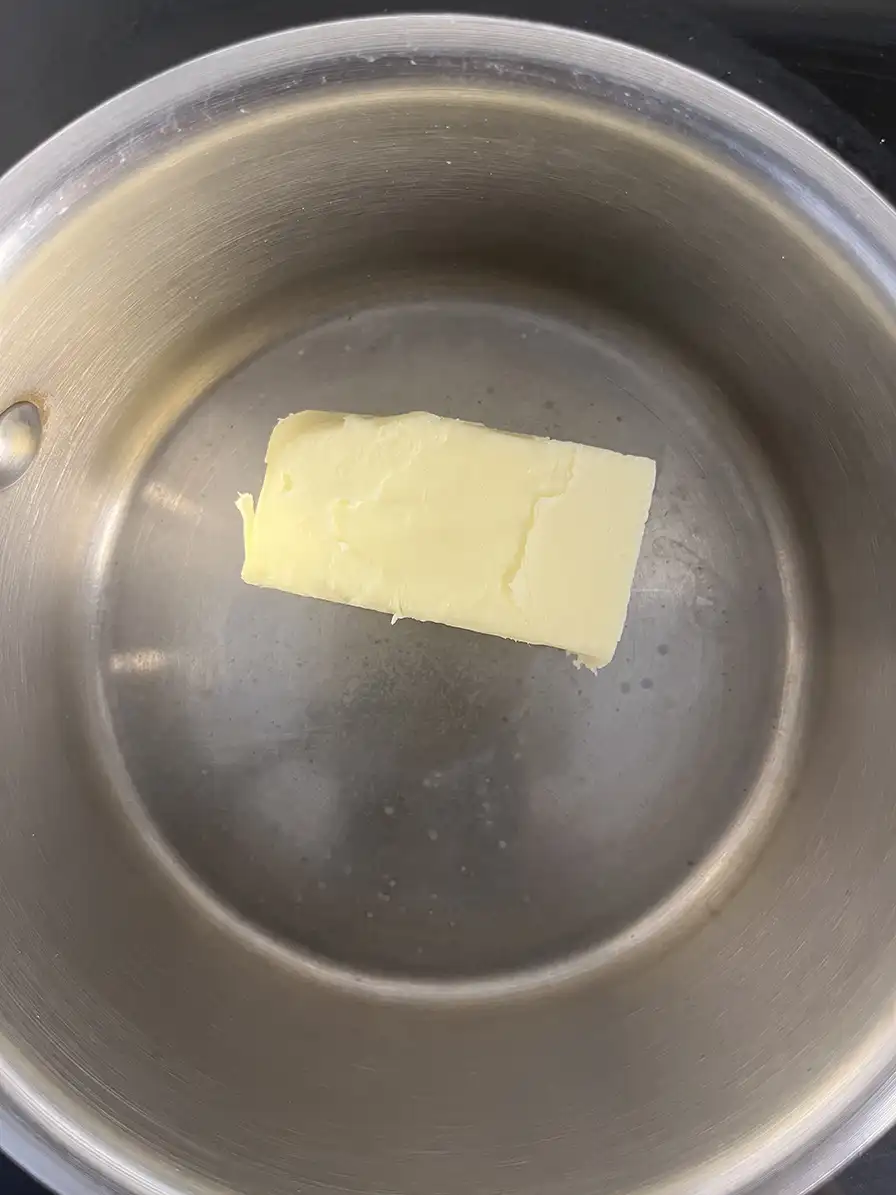
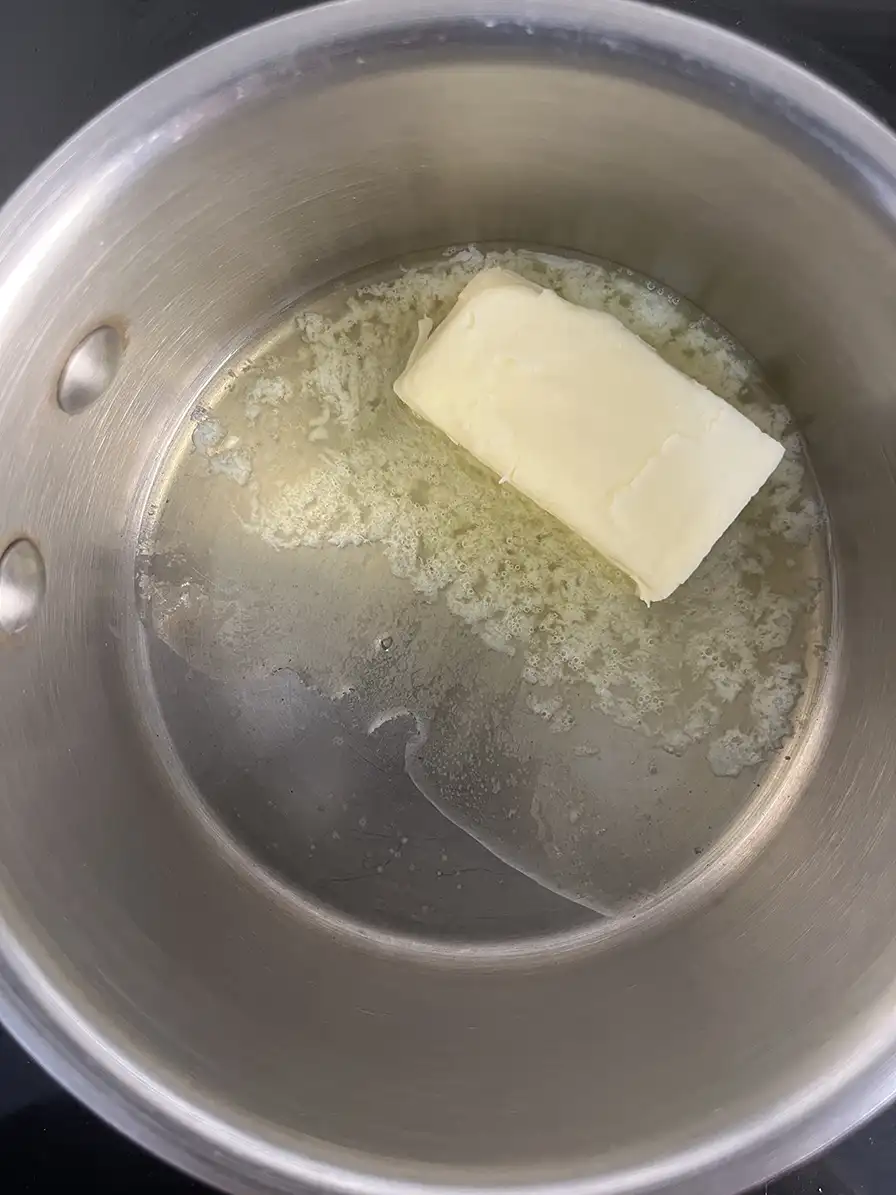
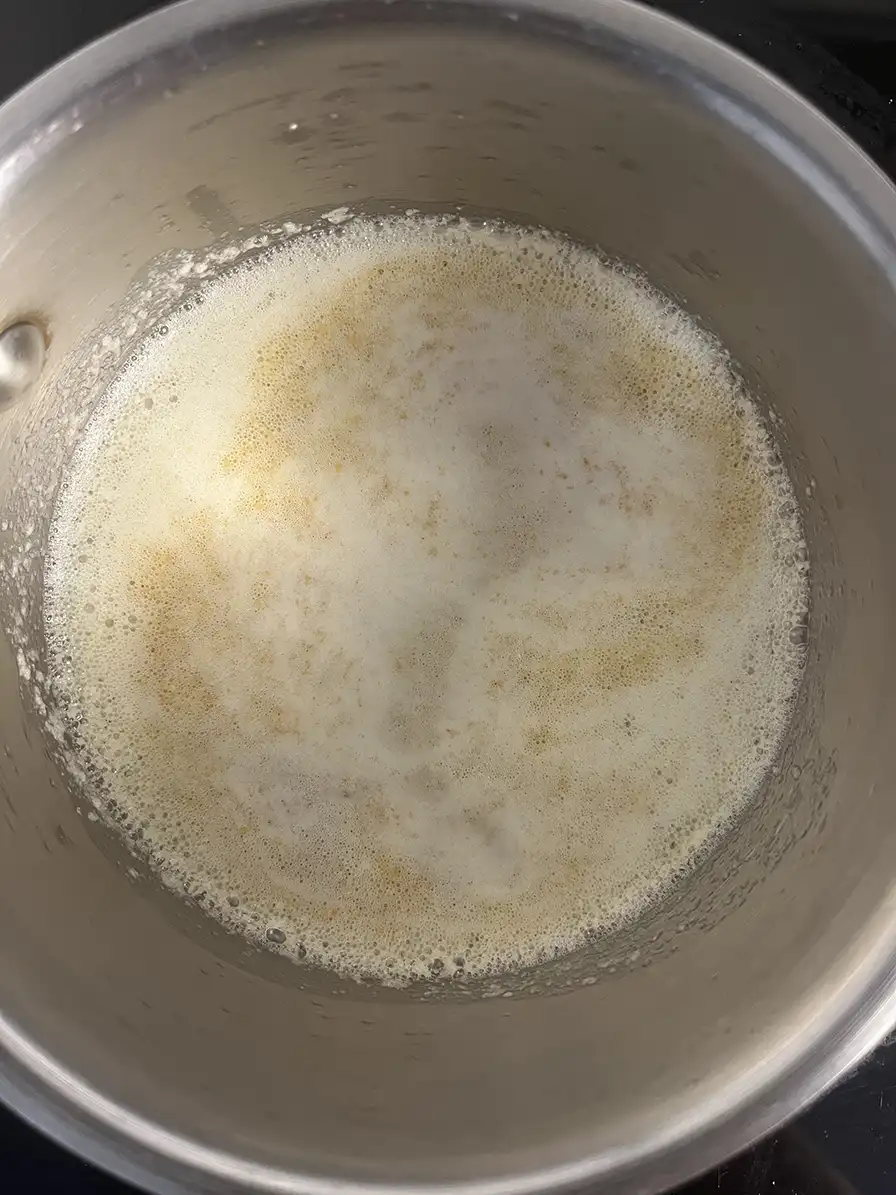
Add garlic and sage and cook until it smells awesome. Add your flour and whisk until it is well incorporated (as in, no lumps.)
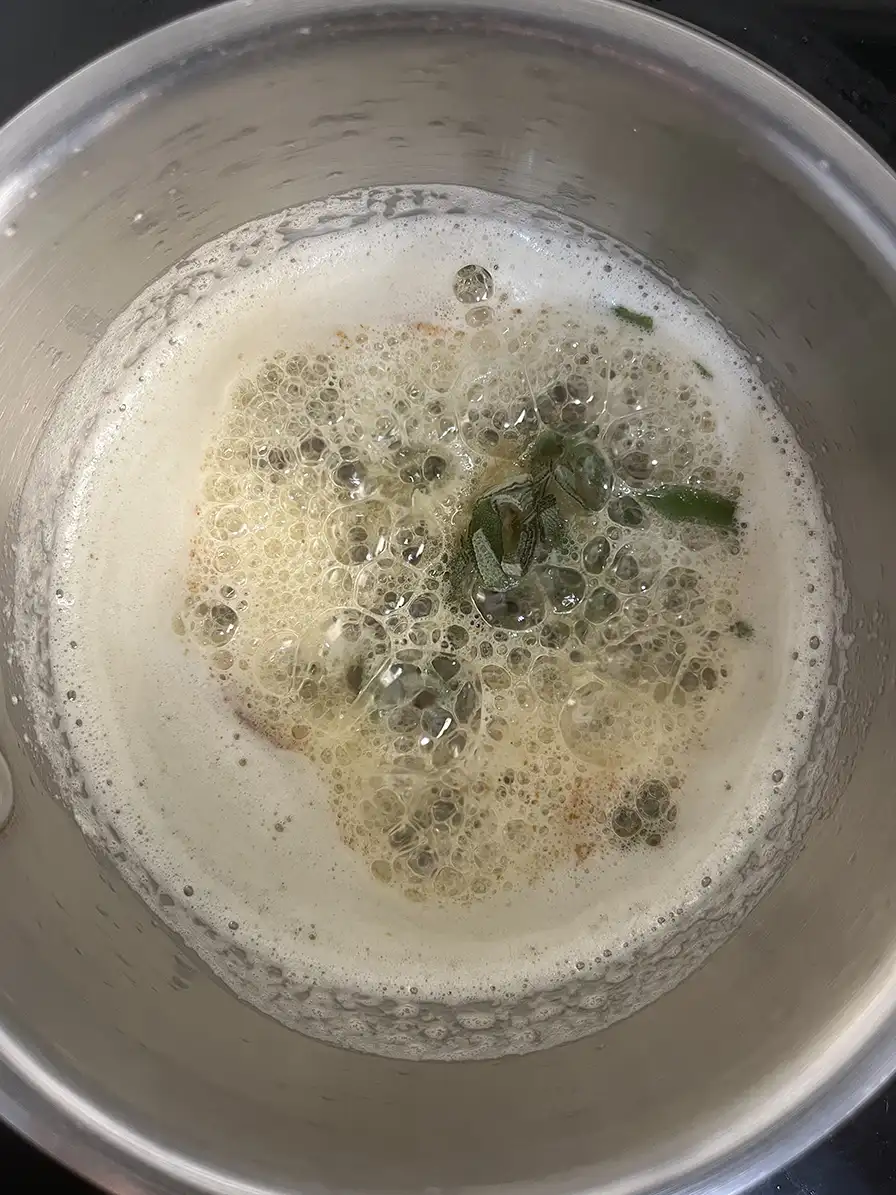
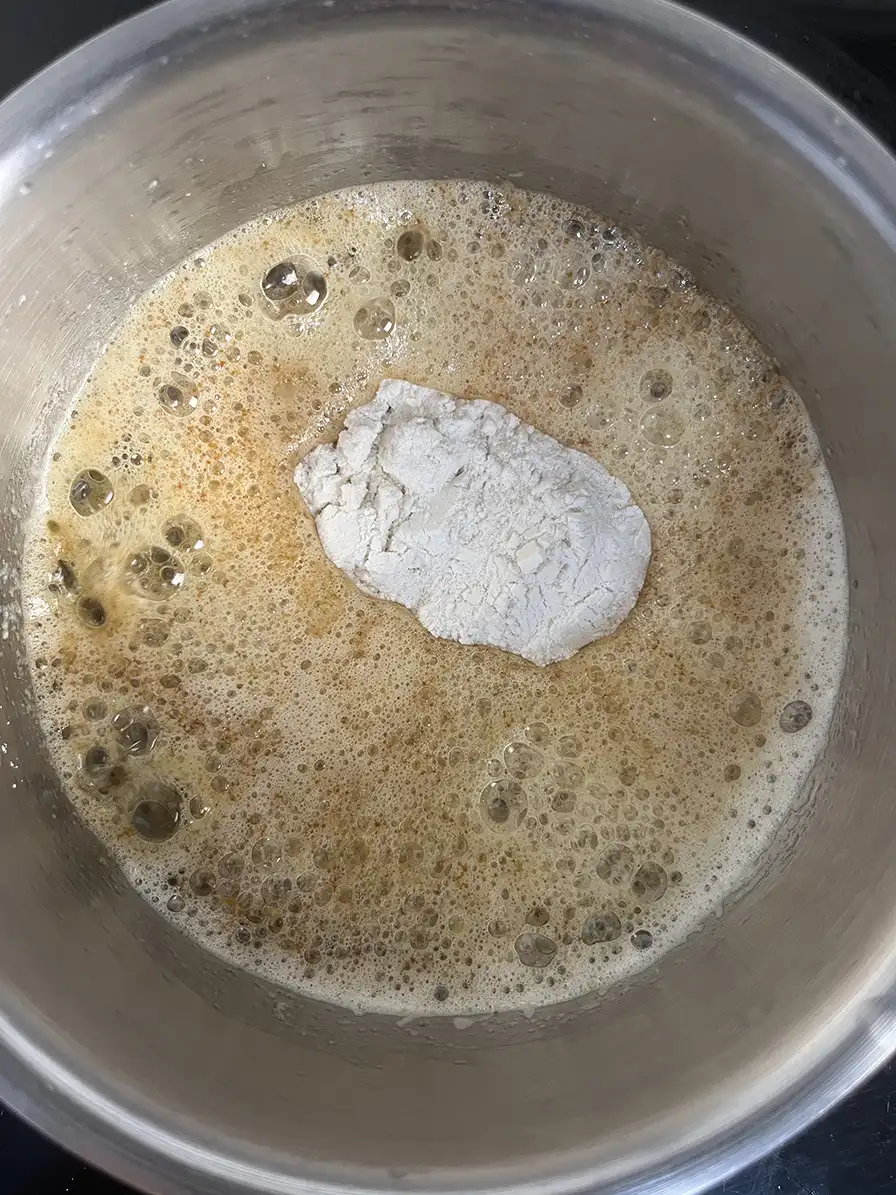
Slowly whisk in the milk, a little bit at a time, to ensure that it is evenly mixed in. Add the nutmeg and cook on low heat. Whisk this continuously until the sauce is thickened.
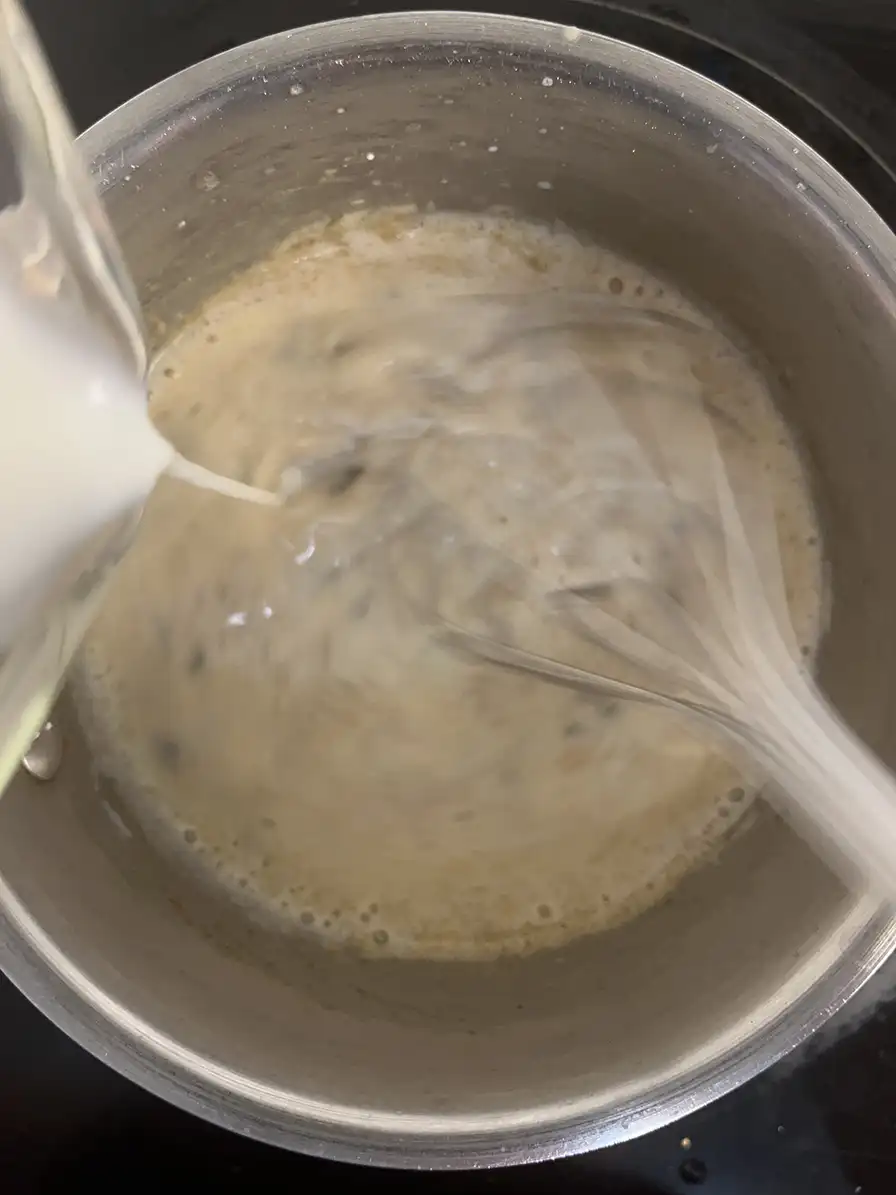
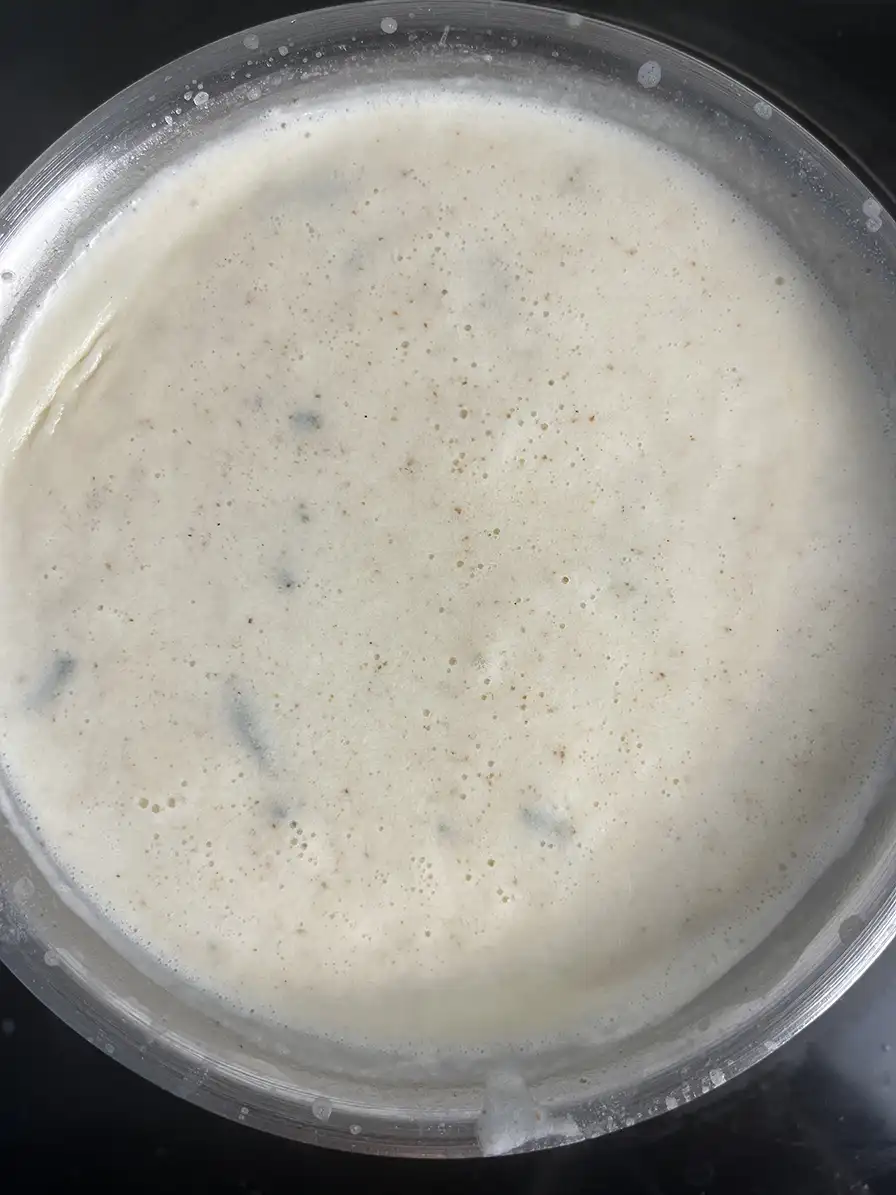
Remove the sauce from heat, and whisk in the parmesan cheese. Set this aside as well.
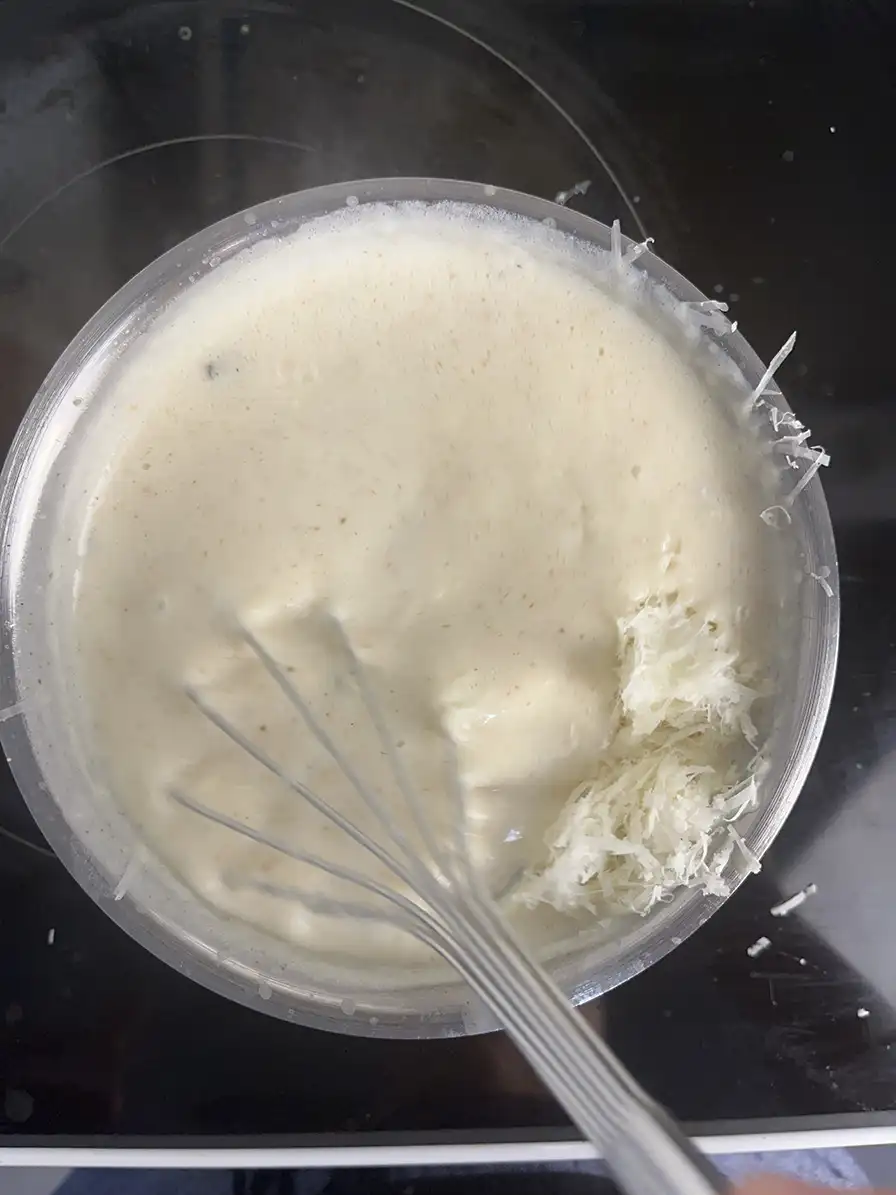
Assembly and Baking
Preheat the oven to 375°F. If using dry pasta, boil them in salted water until half cooked. If using fresh or oven-ready pasta sheets, you can skip boiling and go right to assembly.
Get a 9" X 13" baking dish, and spread some ragu on the bottom: This prevents sticking.
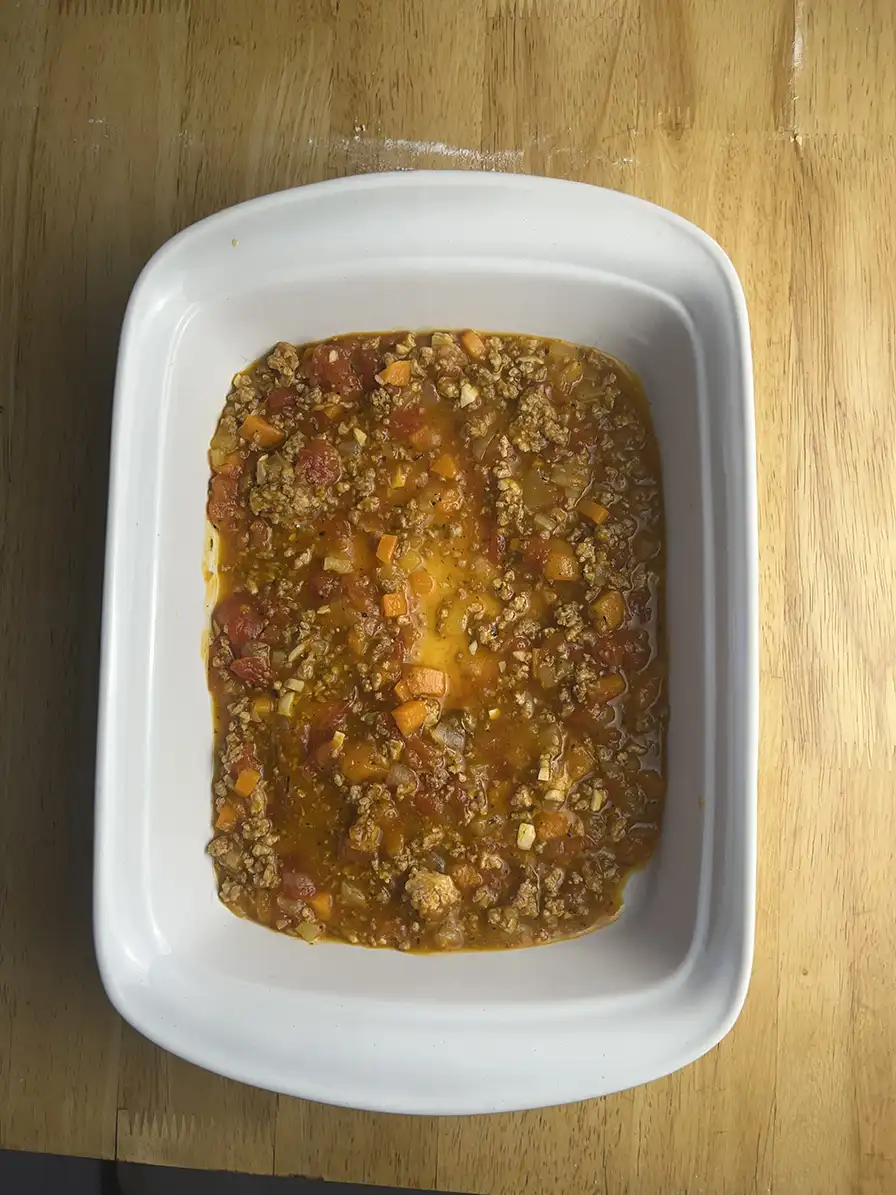
Next, begin assembling your lasagna by repeatedly layering pasta sheets, ragu, then mornay in that order. Repeat until you have used all your pasta and mornay. Extra Ragu can be kept in the fridge or freezer for later eating.
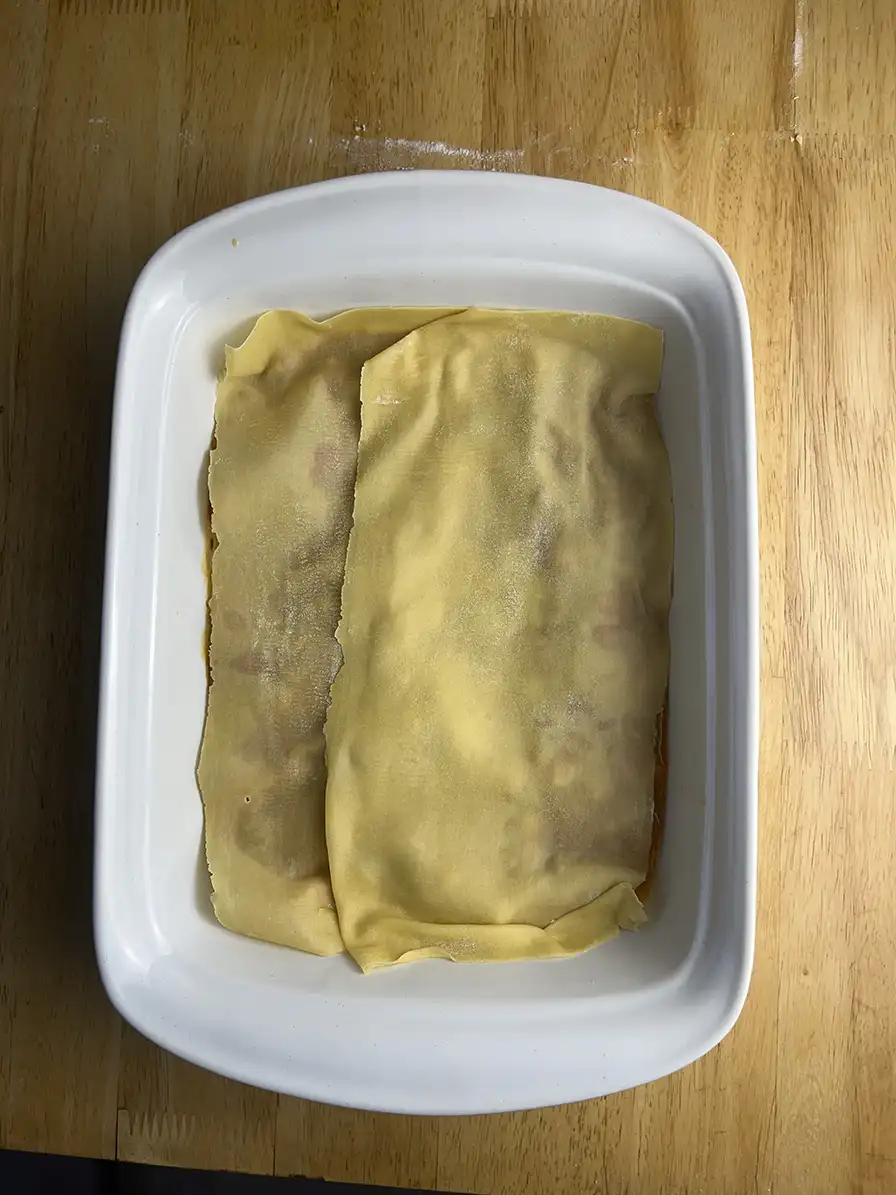
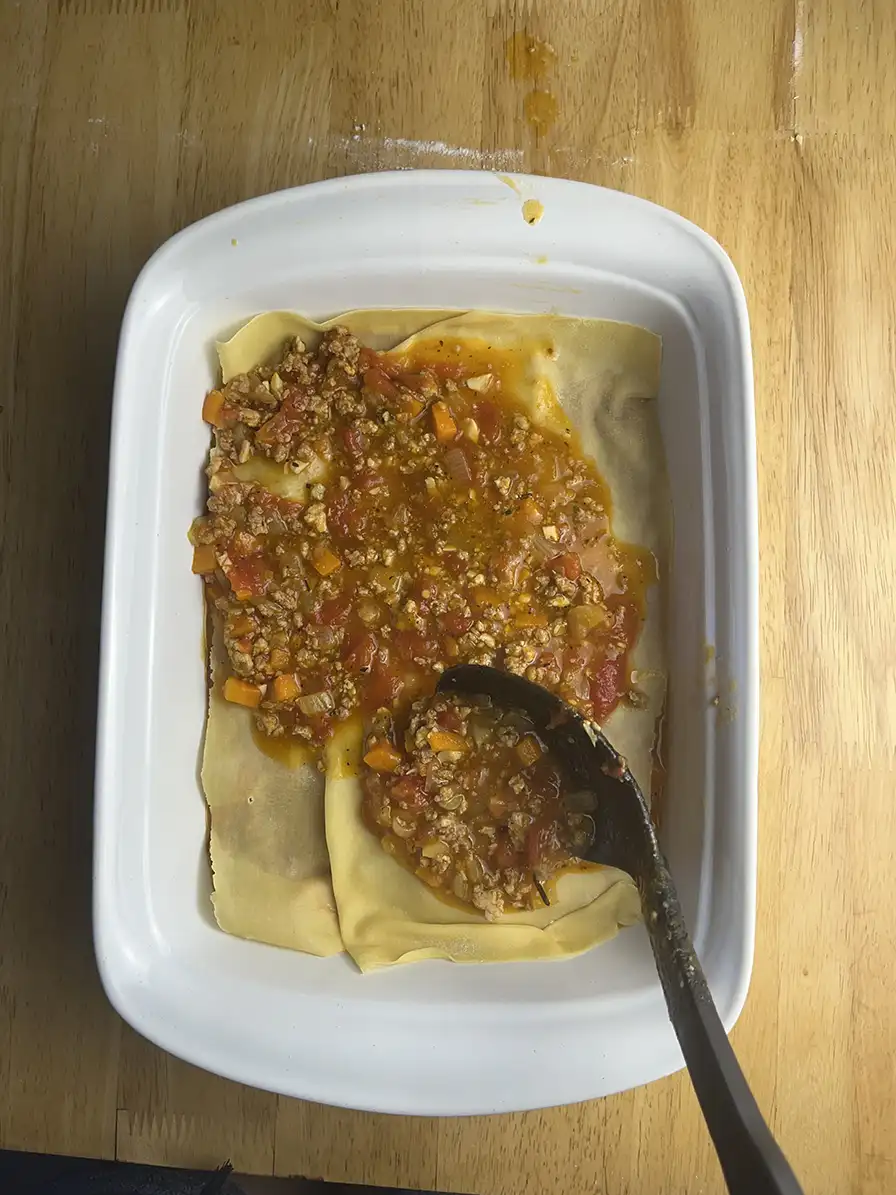
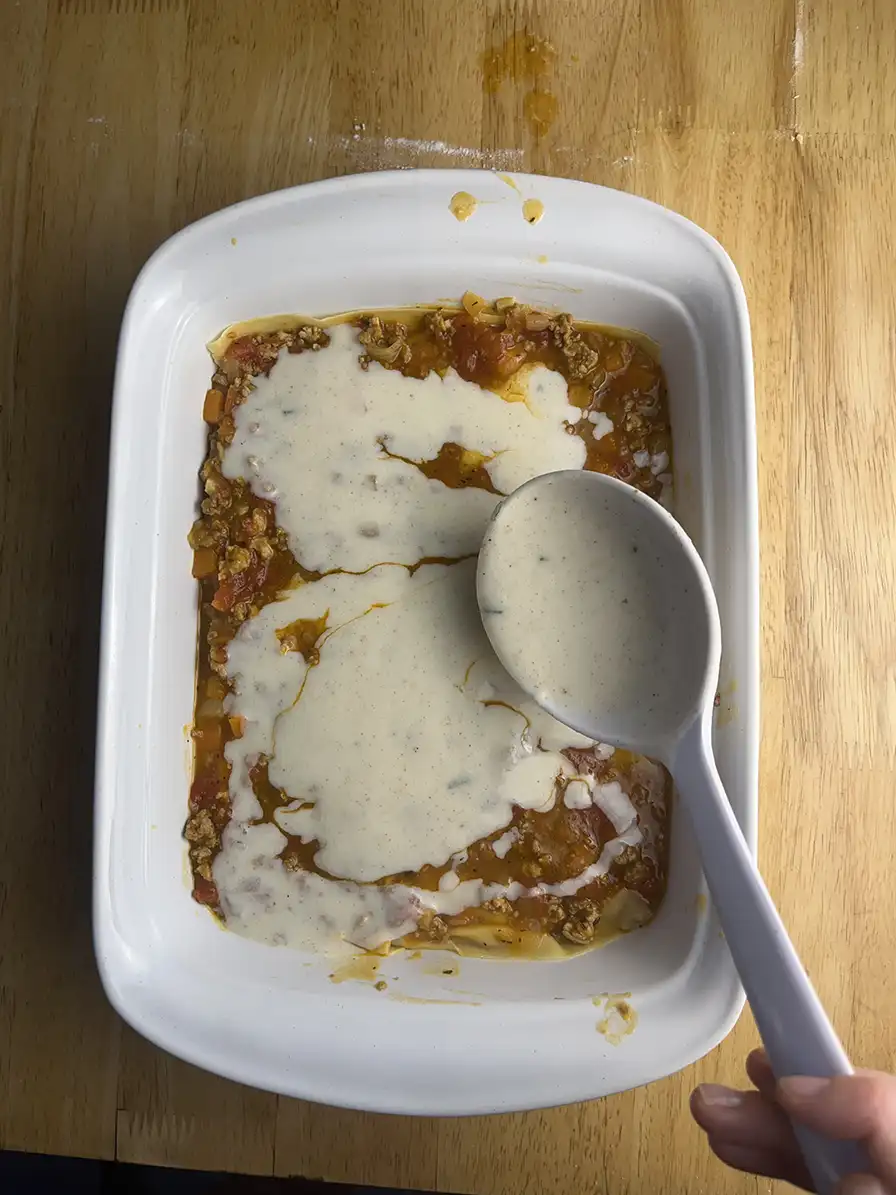
Top the lasagna with mozzarella and parmesan cheese.
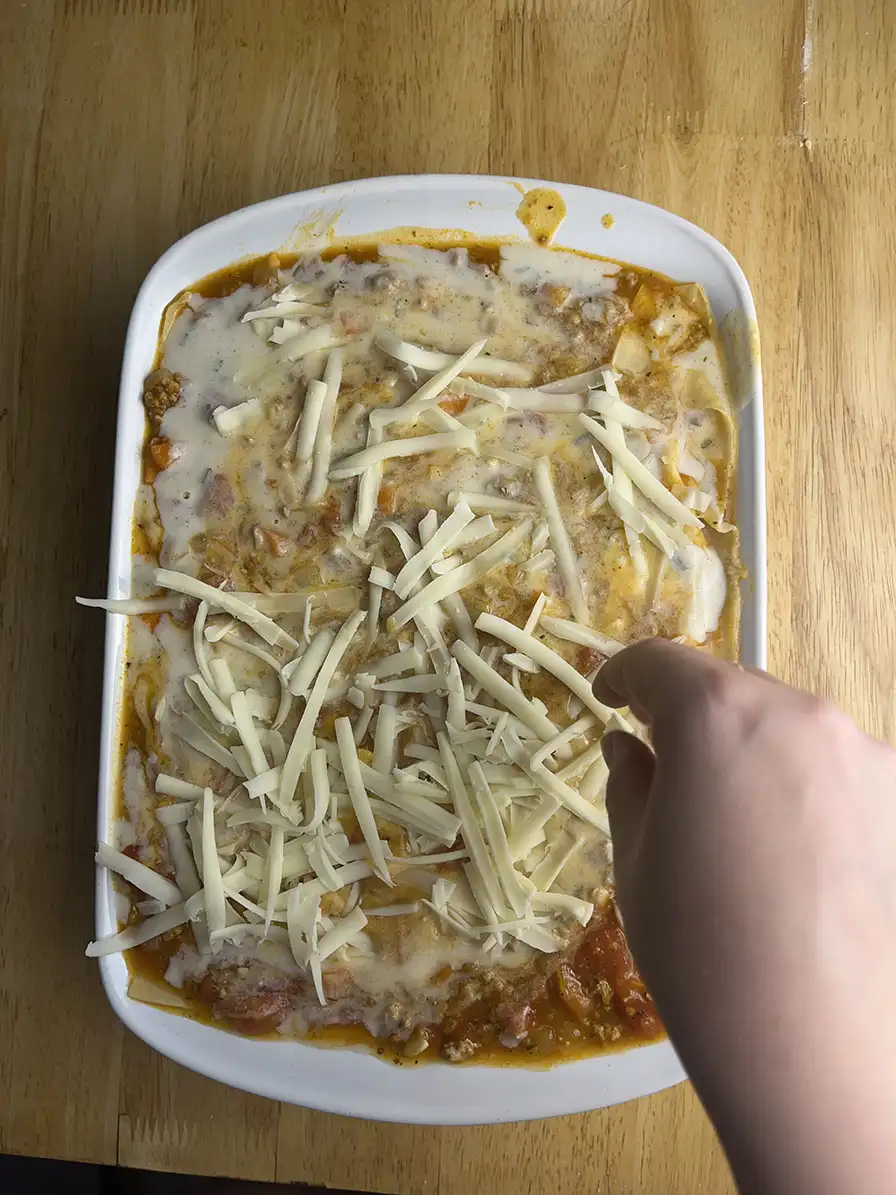
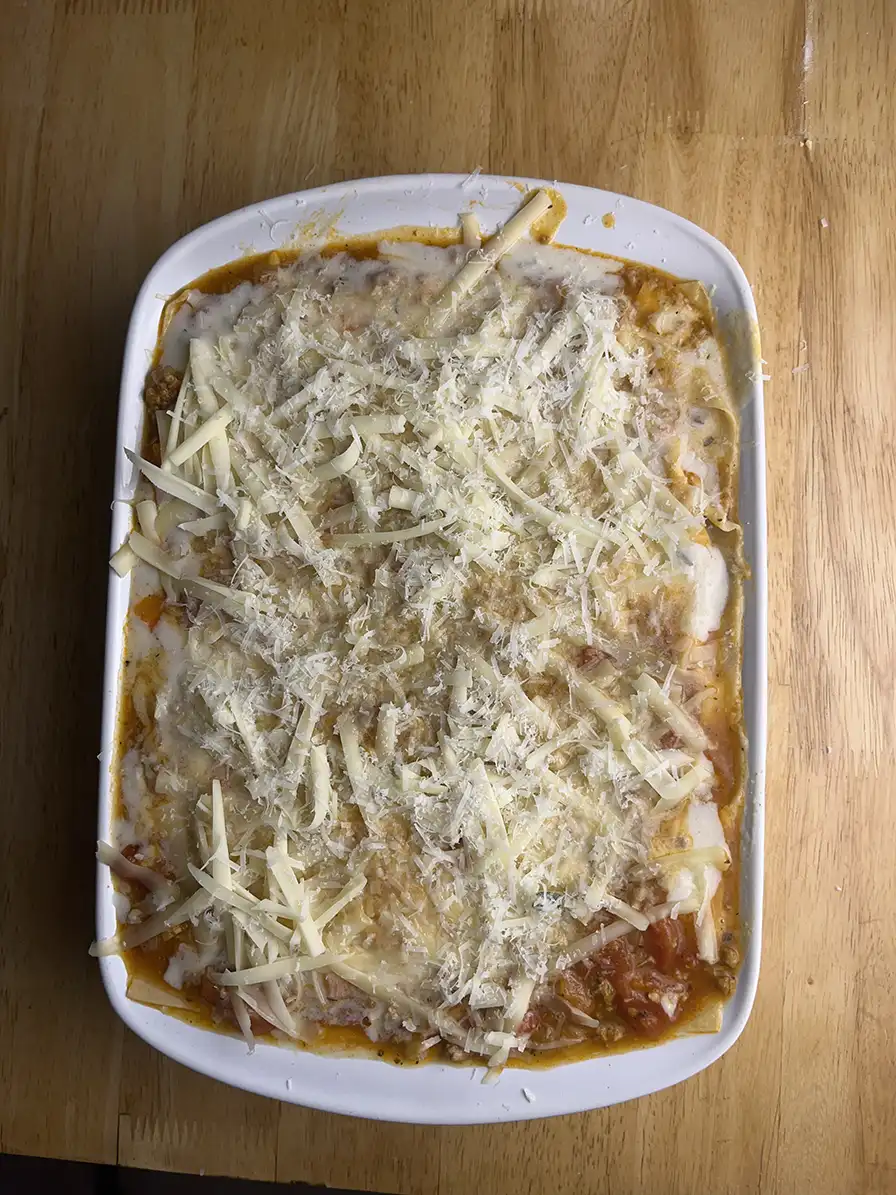
Cover this with foil, and bake for 45 minutes. Remove the foil and bake for another 15, or however long it needs until the top is browned to your liking.
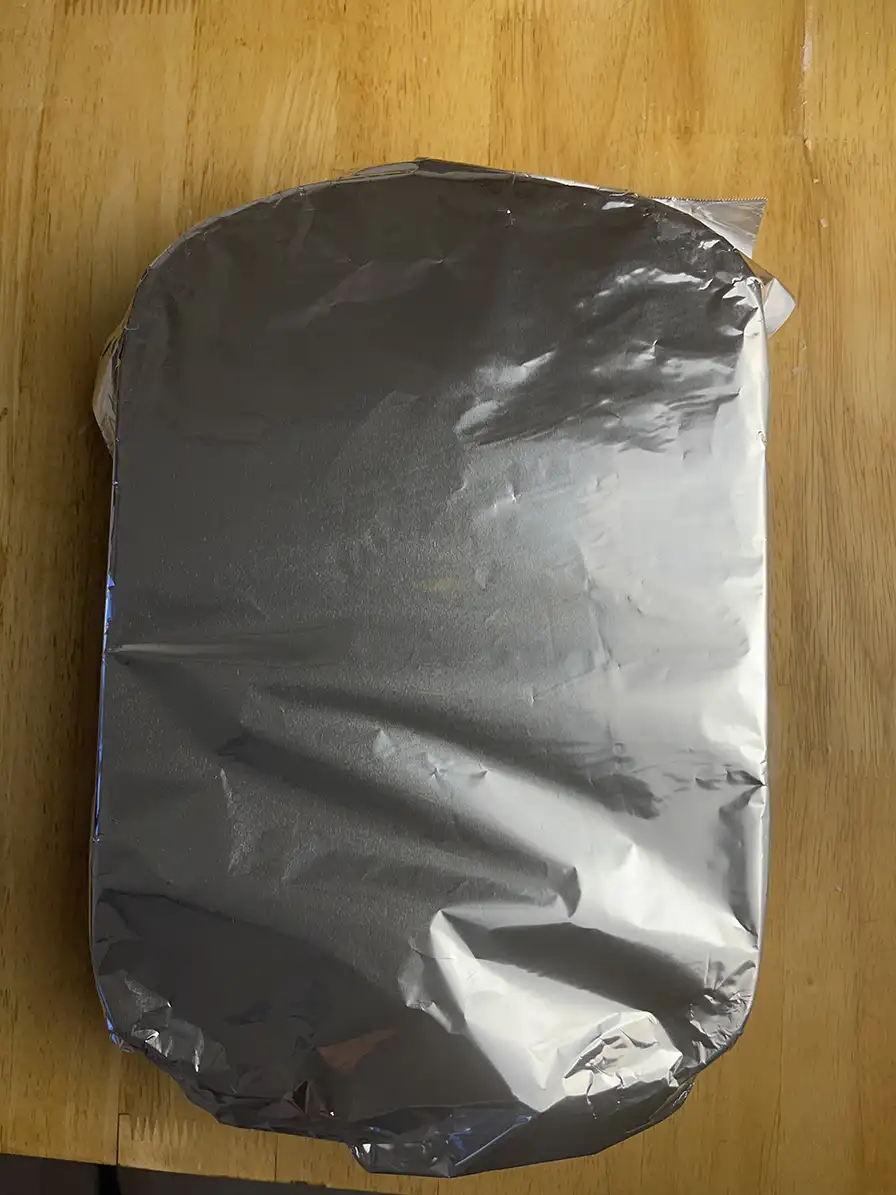
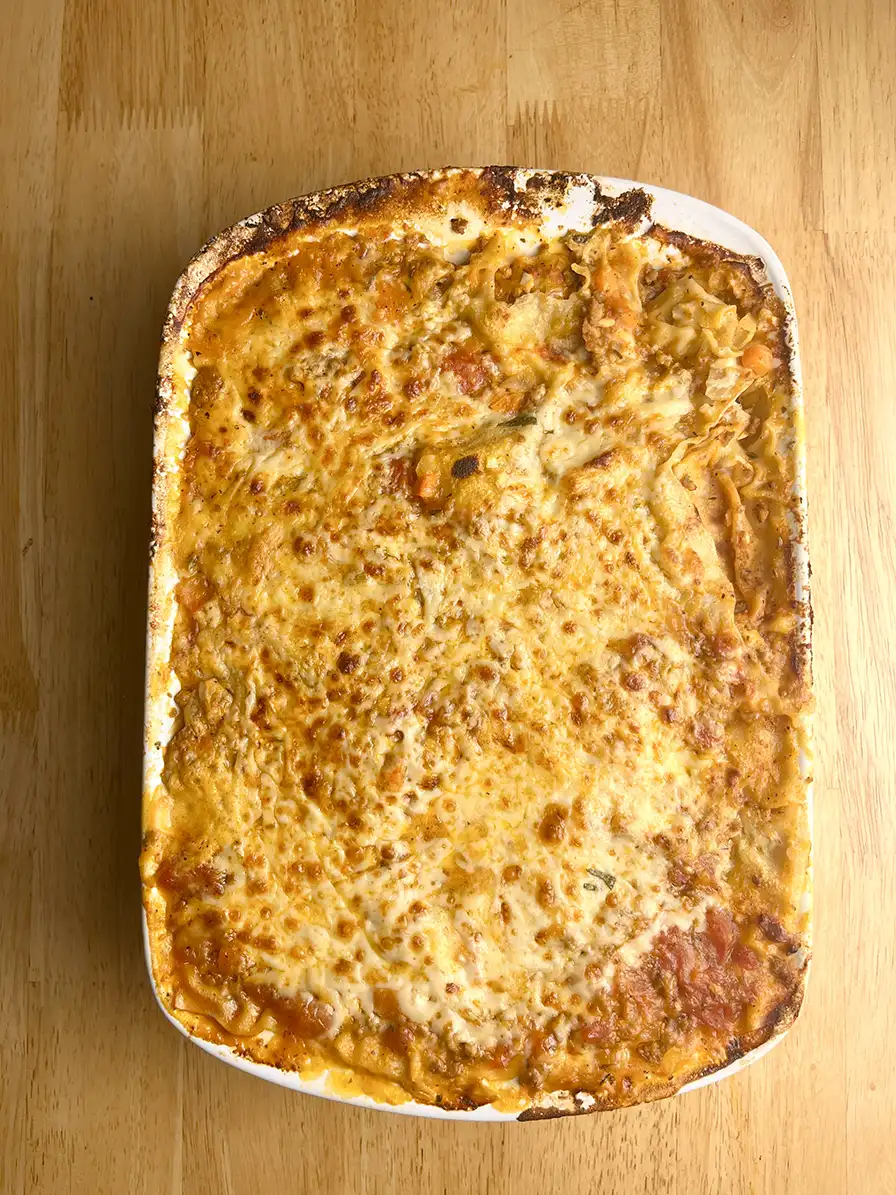
Remove the pan from the oven, let the lasagna cool, and enjoy!
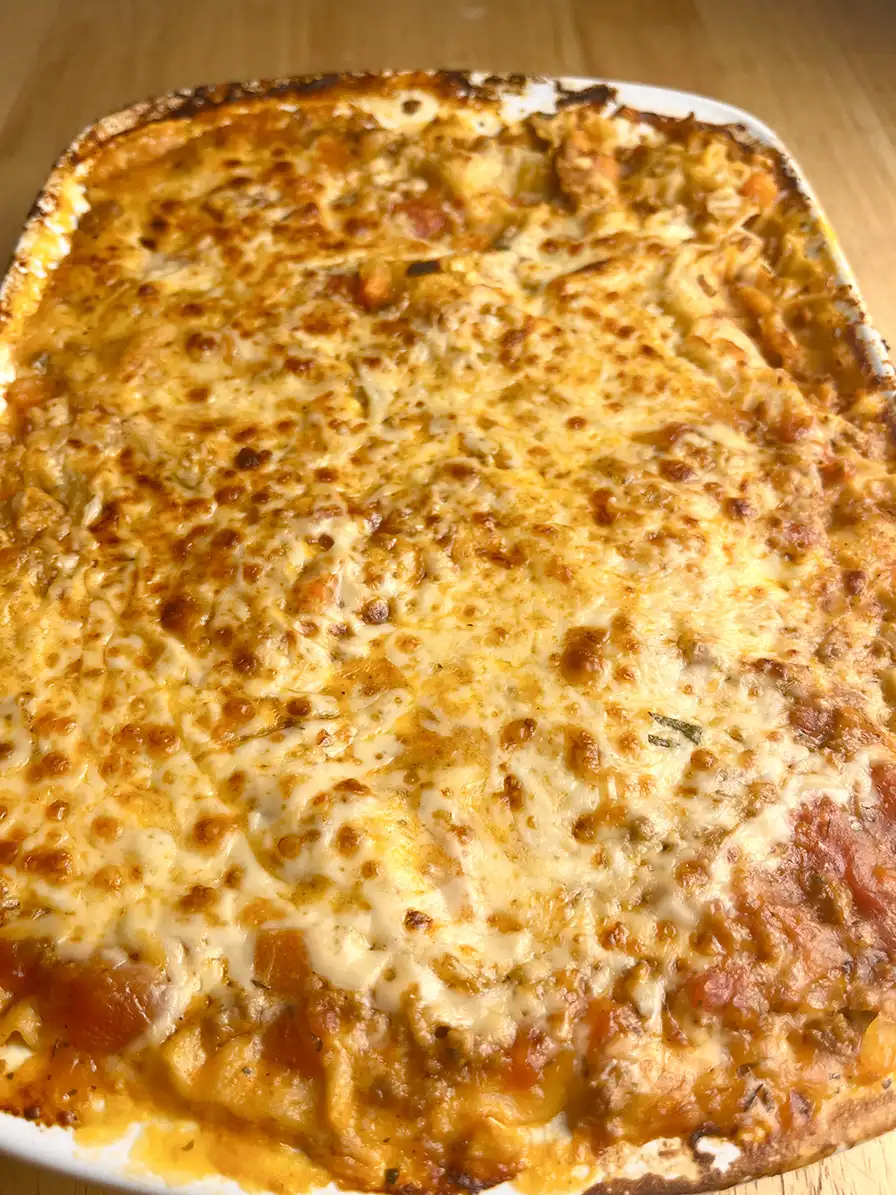
Butternut Squash Lasagna
For the Butternut Squash Ragu:
- 1/4 cup (60 ml) olive oil
- 1/2 lb (227 g) ground beef
- 1/2 lb (227 g) ground pork
- 1 large onion, diced
- 2 medium carrots, diced
- 1/2 bulb fennel, diced
- 2 tbs tomato paste
- 6 cloves garlic, minced
- 1 tsp dried thyme
- 1 tsp dried basil
- 1/2 tsp fennel seeds
- 1/2 tsp dried rosemary
- 1/2 cup (125 ml) white wine
- 3 cups (750 ml) crushed tomatoes
- 2 cups (500 ml) butternut squash purée
- salt and pepper
For the Brown Butter Sage Mornay:
- 1/4 cup (57 g) butter
- 3 tbs (25 g) flour
- 2 cloves garlic, grated
- 2 tbs fresh sage, chopped
- 3 cups (750 ml) whole milk
- 1/4 tsp dried nutmeg
- 2 oz (57 g) parmesan cheese, grated
For the Lasagna:
- 2 cups (240 g) shredded mozzarella
- 1 oz (28 g) shredded parmesan cheese
- 1 box dried lasagne sheets (8.8 oz/250 g if using fresh)
- Large pot
- Small pot
- 9x13 baking dish
- Foil
- Cheese grater
- Microplane
- Whisk
For the Butternut Squash Ragu:
- In a large pot, heat half of the olive oil over medium heat. Add the beef and pork, season with salt and pepper, then sauté until cooked through (about 10 minutes). Remove from the pot and set aside.
- Add the remaining olive oil, onion, carrot, and fennel to the pot and sauté until softened (5 minutes)
- Add the tomato paste, garlic, thyme, basil, fennel seeds, and rosemary to the pot and sauté until fragrant (2 minutes)
- Deglaze the pot with white wine and cook for about 5 minutes.
- Add the crushed tomatoes, butternut squash, and cooked meat to the pot. Reduce the heat to a simmer and cook for 1 hour, stirring occasionally.
- Season to taste with salt and pepper, then set aside.
For the Brown Butter Sage Mornay:
- In a small pot, melt the butter over medium heat. Continue to cook, stirring often, until the butter is foamy and the milk solids have browned (5-10 minutes).
- Add garlic and sage to the browned butter and cook until fragrant (1 minute).
- Add the flour and stir until well-incorporated.
- Slowly whisk in the milk.
- Add the nutmeg and cook on low heat, stirring often, until the sauce is thickened.
- Remove from the heat and whisk in the parmesan cheese. Set aside.
For Assembly:
- Preheat the oven to 375°F.
- If using dried lasagne sheets, boil them briefly in salted water until about half-cooked before assembly. If using oven-ready dried sheets or fresh, you are ready to assemble your lasagna.
- In a 9x13 baking dish, spread a thin layer of ragu on the bottom.
- Next, assemble the lasagna by layering lasagne sheets, ragu, and mornay. Repeat the layering until you have used all of your pasta and mornay. You will probably have some ragu left. This can be frozen for the next lasagna or served with another pasta.
- Top the lasagna with mozzarella and parmesan cheese.
- Cover with foil and bake for 45 minutes.
- Remove the foil and bake for another 15 minutes or until the top has browned to your liking.
- Remove from the oven and allow to cool slightly before serving.
